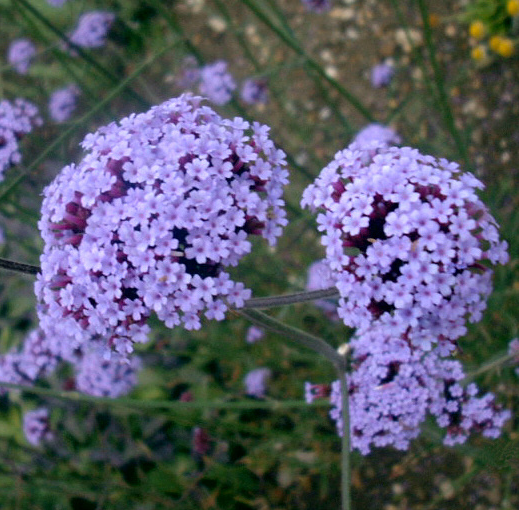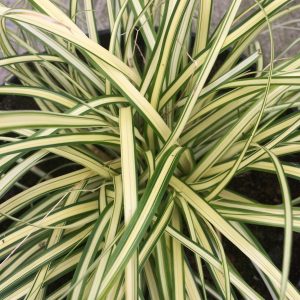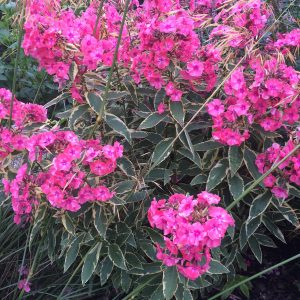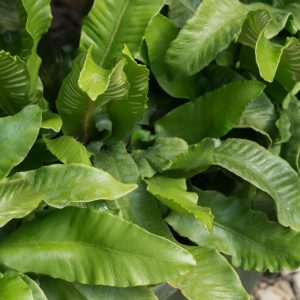Verbena bonariensis
Purpletop vervain
Verbena bonariensis has an ethereal and airy appearance. The plant seems to dance in the breeze, creating a delicate, almost otherworldly effect in the garden. Its slender stems and loosely arranged flowers give a sense of movement, making it an excellent choice for adding a touch of grace and elegance to your outdoor space.
Gardens, with their vibrant and diverse array of flora, are places of beauty and respite. Among the many plants that grace these outdoor sanctuaries, Verbena bonariensis stands out as a charming and versatile choice. This plant, commonly known as purpletop vervain or tall verbena, has become a favorite among gardeners for its unique characteristics and the delightful visual impact it brings to any garden.
Verbena bonariensis is a perennial plant native to South America, particularly Argentina and Brazil. It belongs to the family Verbenaceae, and its elegant appearance is characterized by slender, erect stems that reach heights of three to five feet. Atop these tall, wiry stems sit clusters of small, vibrant violet-purple flowers, which give the plant its distinctive common name, “purpletop vervain.”
The color of Verbena bonariensis flowers is another stimulating feature. The deep violet-purple blossoms stand out against a backdrop of green, making them a visual treat in any garden. This striking color can easily complement a wide range of garden palettes and provide contrast to other plants.
Verbena bonariensis is a versatile addition to any garden, thanks to its adaptability and ability to thrive in various conditions. It is a sun-loving plant, flourishing in full sunlight, but it can also tolerate partial shade. This adaptability to different light conditions allows gardeners to use it as a “filler” in various parts of their landscape design.
In terms of soil, Verbena bonariensis is not overly demanding. It prefers well-draining soil but can tolerate a range of soil types. Its resilience in the face of less-than-ideal conditions makes it an attractive choice for both novice and experienced gardeners.
The plant’s height and airy structure are perfect for creating visual interest in gardens. Planted at the back of a flower bed, Verbena bonariensis can serve as a backdrop for shorter plants, adding depth to the landscape. It’s also well-suited to cottage gardens, wildlife gardens, and meadow-like settings.
Beyond its aesthetic appeal and versatility in garden design, Verbena bonariensis is also a favorite among pollinators. Bees, and butterflies are drawn to its nectar-rich flowers, making it a valuable addition to any wildlife-friendly garden. By including Verbena bonariensis in your garden, you can help support local pollinators and contribute to biodiversity.
For gardeners who appreciate low-maintenance plants, Verbena bonariensis is an excellent choice. Once established, it requires minimal care. It is drought-tolerant, which means it can endure periods of water scarcity. Deadheading, or removing spent flowers, can prolong the blooming period, but it’s not necessary for the plant’s survival.
When it comes to overwintering, Verbena bonariensis is not fully hardy in colder climates. In regions with harsh winters, it may not survive. Gardeners in such areas can treat Verbena bonariensis as an annual or grow it in containers that can be brought indoors during the winter months.
Verbena bonariensis, with its graceful appearance, versatility in garden design, wildlife-friendly features, and low-maintenance characteristics, is an enchanting addition to any garden. Whether you’re looking to enhance the aesthetic appeal of your outdoor space, attract pollinators, or create a garden that requires minimal upkeep, this tall verbena is a plant that can truly elevate your gardening experience. So, consider adding Verbena bonariensis to your garden, and you’ll soon be enjoying its ethereal beauty and all the benefits it brings to your green haven.






Reviews
There are no reviews yet.